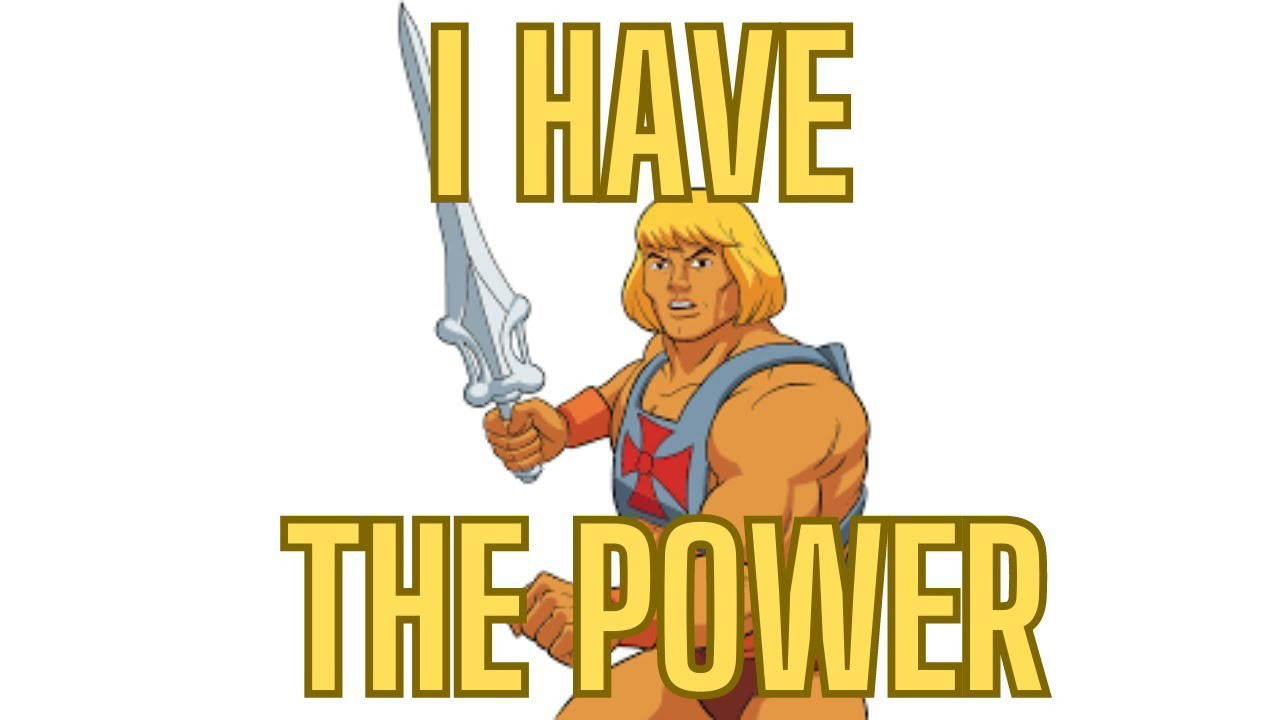
Raising Money from VCs vs. Bootstrapping: A Guide for Game Studios and Tech Companies
In the world of game development and tech, deciding between raising money from venture capitalists (VCs) or bootstrapping can define the future of your business. The right choice can accelerate growth, ensure creative control, or cause a venture to collapse under its own weight. By looking at success and failure stories from the gaming and tech industries, we can learn valuable lessons about the advantages and pitfalls of each path.
Common Reasons to Raise Money from VCs and Investors
Speed of Innovation and Growth
In tech and gaming, timing is everything. Raising capital from VCs allows studios and companies to scale rapidly, hire more talent, and secure critical market share.

Success Story: Epic Games Epic Games, the studio behind Fortnite, is a prime example of a company that raised significant VC funding to fuel its rapid expansion. Backed by Tencent in a $330 million investment deal in 2012, Epic was able to scale Fortnite into a global phenomenon. VC backing allowed the studio to experiment with the game’s business model, including free-to-play and battle passes, turning it into a multi-billion-dollar empire.However, this success wasn’t without immense pressure. Fortnite’s meteoric rise came with high expectations from investors, driving Epic to continually push updates, new content, and features to keep the player base engaged. The relentless pressure to stay on top has been a constant source of stress, with employees publicly discussing the demands of a “crunch” culture.
Access to Industry Expertise and Networks
VCs often provide more than just cash. They bring deep industry knowledge and connections that can propel studios into higher markets.

Success Story: Supercell Supercell, the creators of Clash of Clans and Brawl Stars, famously raised hundreds of millions in VC funding, which allowed them to scale rapidly and gain global distribution. Early investments from companies like Accel Partners gave them not only capital but also strategic advice. Their success has been driven by a balance between taking investor money while retaining a unique studio culture that emphasizes small, independent teams within a larger company structure. While Supercell’s journey has been largely successful, the expectations to deliver hit after hit come with immense pressure. As the stakes grow higher, each game launch feels more crucial to sustaining the company’s dominant position in mobile gaming.
Fuel for High-Cost Projects
AAA game development or cutting-edge tech products often require a massive upfront investment that only VCs can provide.
Failure Story: OnLive OnLive, one of the early pioneers of cloud gaming, raised nearly $350 million in venture capital with the goal of revolutionizing how people play games by streaming them over the internet. However, the company overestimated market readiness and underestimated the technological hurdles of providing a seamless experience. Despite significant VC backing, they couldn’t overcome operational issues, ultimately selling their assets to Sony in 2015.This failure underscores that VC money doesn’t always guarantee success, especially when the technology isn’t ready for mainstream adoption or the market shifts faster than anticipated.
Reasons to Bootstrap
Creative Control and Vision
In the gaming industry, retaining creative control is often critical for studios that prioritize innovation and artistic vision. Bootstrapping allows companies to operate without external influence.

Success Story: Mojang (Minecraft) Perhaps one of the most famous bootstrapping success stories is Mojang, the studio behind Minecraft. Founder Markus “Notch” Persson initially developed the game as a passion project, self-funding the development with profits from early sales. Without investors pushing for rapid expansion or creative compromises, Minecraft was able to grow organically. In 2014, Mojang was acquired by Microsoft for $2.5 billion, allowing Persson and his team to cash in on years of bootstrapped work.Mojang’s story shows the power of bootstrapping for indie developers. They retained full creative control over the game, allowing it to grow in ways that felt true to its core concept. However, bootstrapping comes with personal risks, and had Minecraft not succeeded, Persson would have borne the full financial burden of its failure.
Financial Discipline and Sustainability
For studios that bootstrap, careful financial management becomes a necessity. Every expense must be justified, which leads to more disciplined growth.
Success Story: 37signals (Basecamp) In the tech space, 37signals, now known as Basecamp, is a textbook example of a company that thrived through bootstrapping. The company resisted taking external funding, choosing to grow steadily and remain small. This allowed them to focus on creating a product that worked for their specific user base without the pressure of meeting VC-driven growth expectations. Their sustainable approach has turned them into a highly profitable and respected company in the SaaS world.

Failure Story: Ouya On the other hand, Ouya, a gaming console startup, attempted to bootstrap through crowdfunding via Kickstarter. After raising $8.5 million in one of the most successful Kickstarter campaigns at the time, they struggled to deliver a product that met consumer expectations. The company ran out of money as they couldn’t secure additional funding from investors or generate enough revenue from sales. Ouya’s failure highlights the dangers of bootstrapping in capital-intensive industries where you may need more resources than crowdfunding or organic revenue can provide.
Balancing Financial and Emotional Stress
For game studios and tech startups, the decision between raising capital and bootstrapping is more than just financial. It also impacts the emotional and mental well-being of founders and teams. The fast-paced world of gaming often favors VC-backed studios that can afford to push forward aggressively. However, that comes with pressure to meet targets and deliver hits, often at the expense of work-life balance. Bootstrapped companies, while able to maintain creative control, can face slower growth and intense financial pressure when things don’t go as planned. Both paths come with their share of risks and rewards, but understanding the trade-offs is key. Take, for example, how Fortnite’s success led to immense pressure at Epic Games, or how Mojang was able to sell Minecraft after years of steady, bootstrapped growth. On the flip side, OnLive’s VC-funded downfall and Ouya’s bootstrapped failure show the risks of both paths when they fail to align with market realities.
For game studios and tech companies, the decision to raise venture capital or bootstrap is crucial. VC funding accelerates growth, provides access to networks, and reduces personal financial risk, but comes with high-performance expectations and the risk of creative compromise. Bootstrapping offers greater autonomy and ownership but comes with the burden of slower growth and higher personal financial risk. By looking at success stories like Minecraft and Fortnite, as well as cautionary tales like OnLive and Ouya, it’s clear that the path you choose depends on your company’s goals, your tolerance for risk, and how you manage the pressure that comes with each.
What do you think? Should founders #BOOTSTRAP or go the #FUNDING route?





